Gdańsk: A Journey Through Time
Join us on a captivating exploration of Gdańsk's rich history and stunning architecture in this free walking tour that reveals the city's hidden gems.
Time
3 Hours
Stops
9 Places
Distance
2.8 km
Gdańsk Main Town Hall
Start your tour at the Gdańsk Main Town Hall, a stunning example of Gothic-Renaissance architecture, which houses the History Museum of Gdańsk.
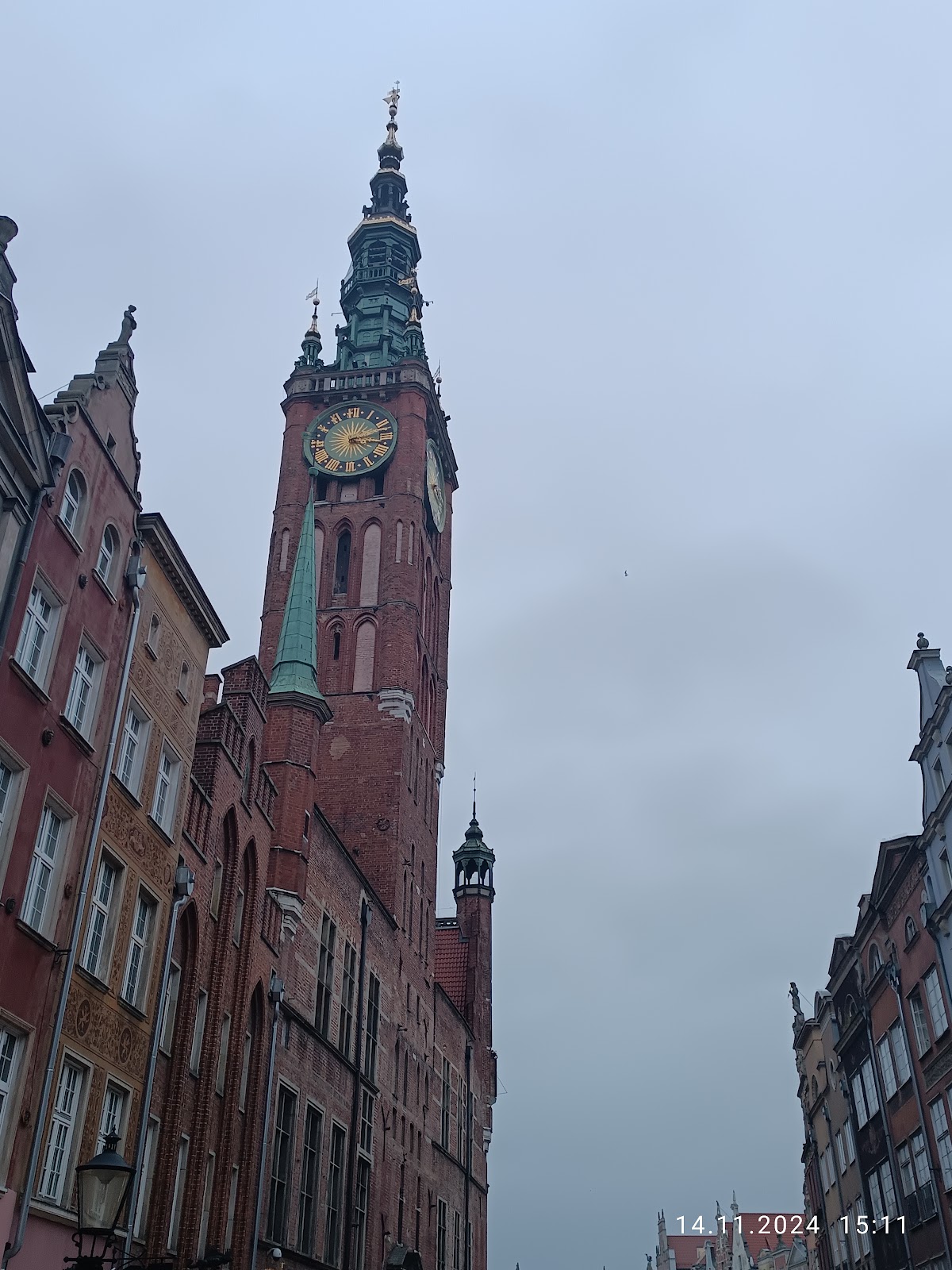
Gdańsk Main Town Hall (Source: Google Maps)
The Gdańsk Main Town Hall is a magnificent building that showcases the fusion of Gothic and Renaissance architectural styles. Originally constructed in the 14th century, it served as the city’s administrative center and is now home to the History Museum of Gdańsk. The building is notable for its striking clock tower, which stands at 82 meters and offers breathtaking views of the city. Inside, visitors can explore a wealth of exhibits that detail Gdańsk's storied past, including its role as a major trading hub in the Hanseatic League. The ornate interiors are adorned with intricate carvings, rich tapestries, and impressive paintings, reflecting the wealth and cultural significance of the city during its heyday.
Golden Gate
Walk through the Golden Gate, a grand entrance to the city's Royal Route, adorned with symbolic sculptures representing virtues.
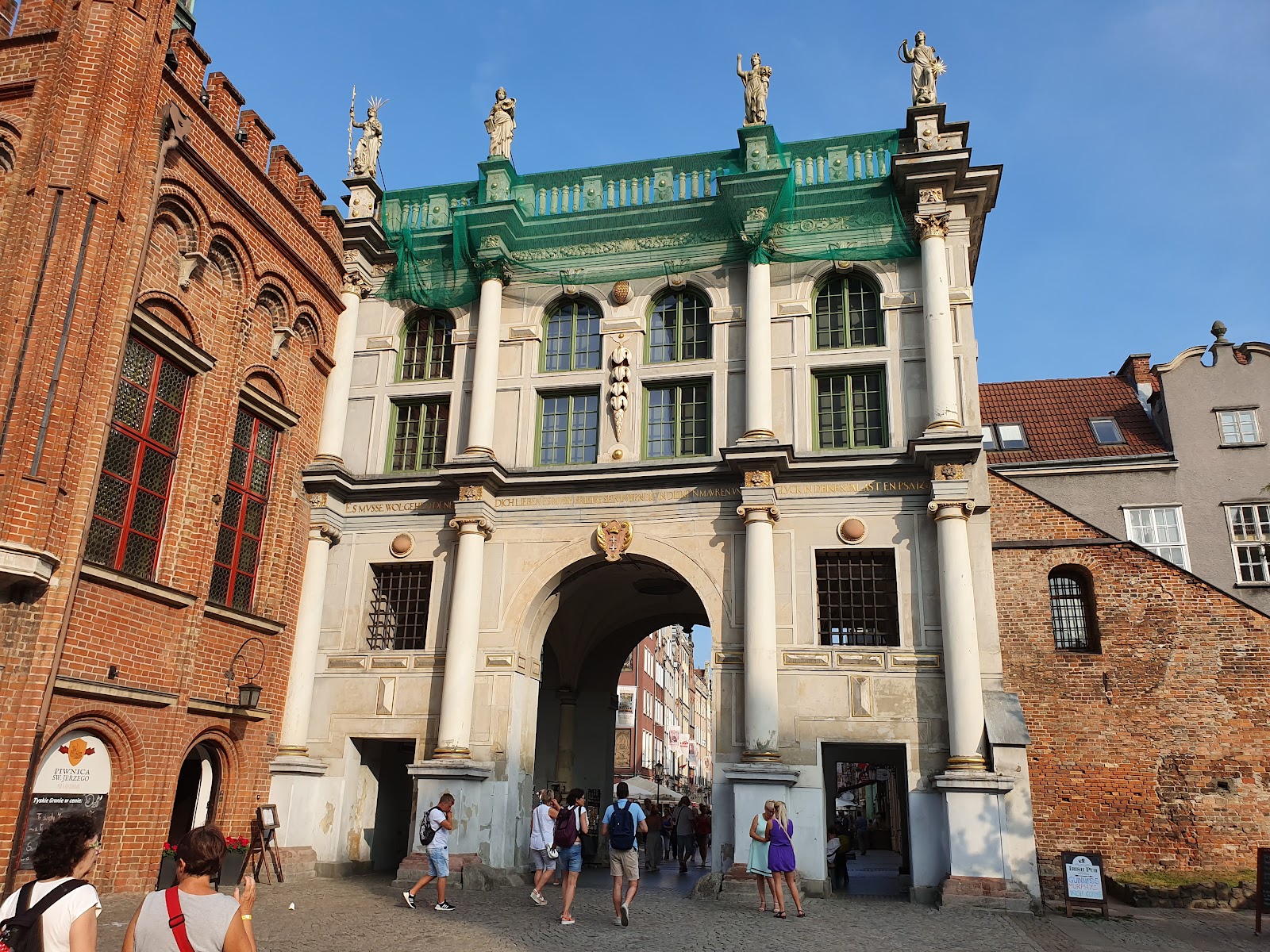
Golden Gate (Source: Google Maps)
The Golden Gate is a stunning example of late Renaissance architecture, serving as a grand entrance to Gdańsk’s Royal Route. Erected in the 16th century, it features elaborate sculptures that symbolize virtues such as Justice and Wisdom. The gate not only marks the entry to the city’s main thoroughfare but also reflects Gdańsk's historical significance as a center of trade and culture. The detailed carvings and gilded elements are a testament to the craftsmanship of the era. As you pass through this iconic structure, you are transported into the heart of Gdańsk, where history and modernity intertwine. The Golden Gate stands as a reminder of the city’s rich past and its architectural grandeur.
Amber Museum
Explore the Amber Museum located in the Foregate of the former Prison Tower, where you can learn about the history and significance of amber in the Baltic region.
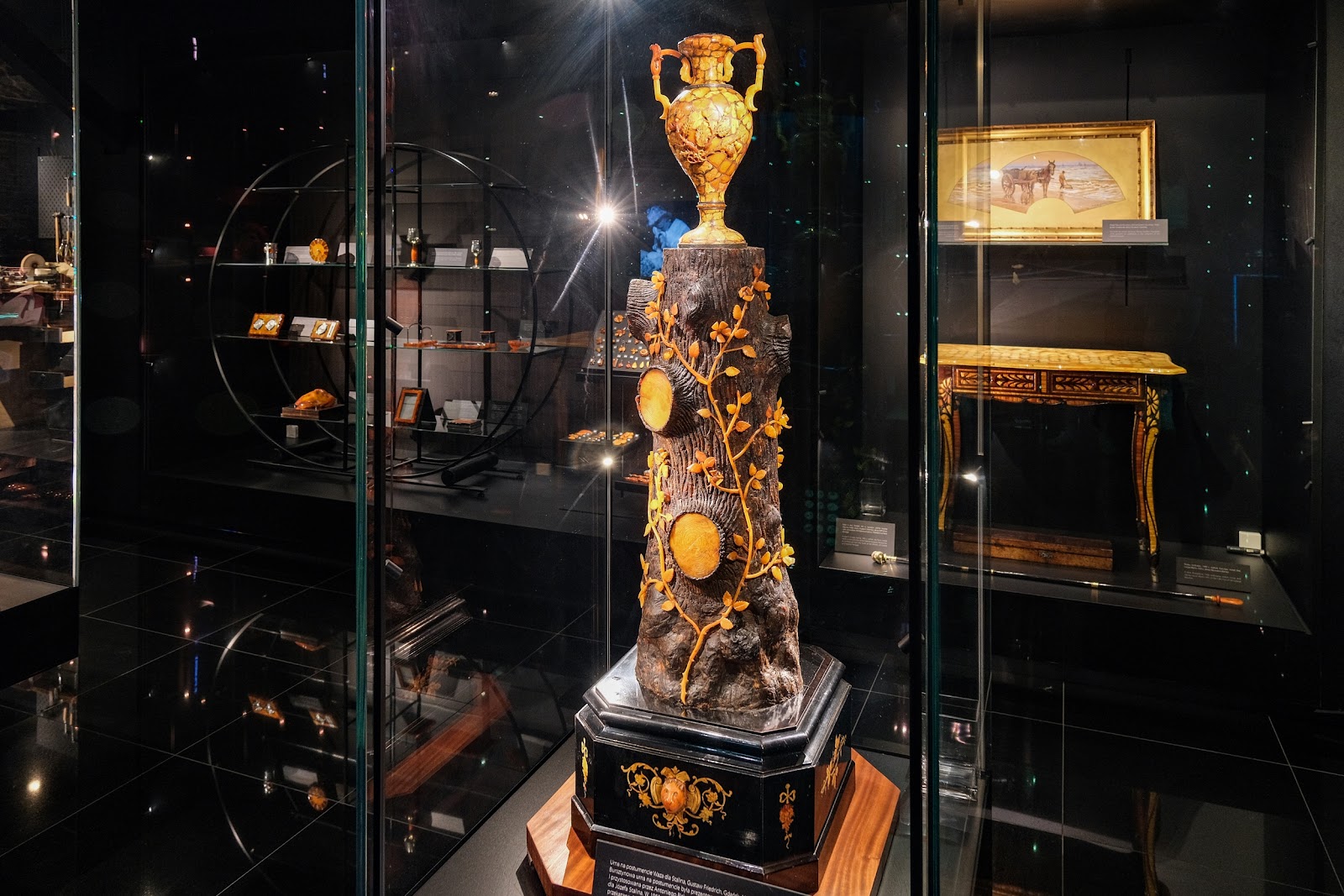
Amber Museum (Source: Google Maps)
Housed in the historic Foregate of the former Prison Tower, the Amber Museum showcases the fascinating history and cultural significance of amber in the Baltic region. Gdańsk is renowned for its amber, often referred to as 'Baltic gold,' which has been cherished for centuries for its beauty and unique properties. The museum features an extensive collection of amber artifacts, including jewelry, sculptures, and historical pieces, along with informative displays about the amber trade and its origins. Visitors can learn about the process of amber extraction and the various forms it takes, making it a unique experience that highlights Gdańsk's connection to this precious material. The museum also emphasizes the importance of amber in local culture and craftsmanship.
St. Mary's Church
Continue your journey to St. Mary's Church, one of the largest brick churches in the world, renowned for its impressive interior and panoramic views from the tower.
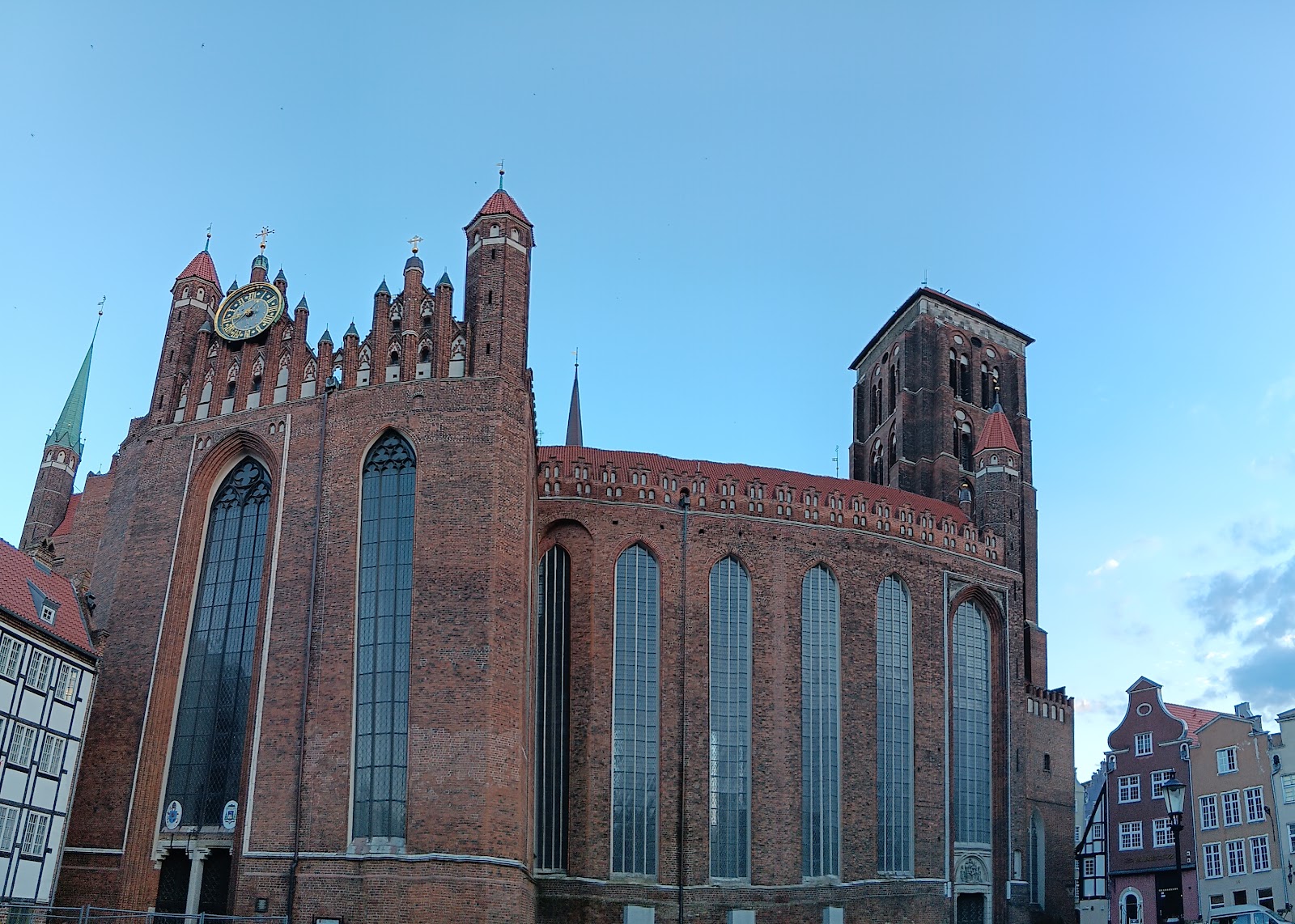
St. Mary's Church (Source: Google Maps)
St. Mary's Church, officially known as the Basilica of the Assumption of the Blessed Virgin Mary, is one of the largest brick churches in the world and a masterpiece of Gothic architecture. Construction began in the 14th century and took over 150 years to complete. The church's impressive interior features stunning stained glass windows, intricate altars, and a remarkable astronomical clock that dates back to the 15th century. Visitors can ascend the tower for panoramic views of Gdańsk and its surroundings, offering a unique perspective of the city's layout and history. St. Mary's Church has played a significant role in the spiritual and cultural life of Gdańsk, serving as a place of worship and a symbol of the city’s resilience throughout its tumultuous history.
Artus Court
Just a short walk away, visit the Artus Court, a historical building that served as a meeting place for merchants and is now a museum showcasing the city's Hanseatic past.
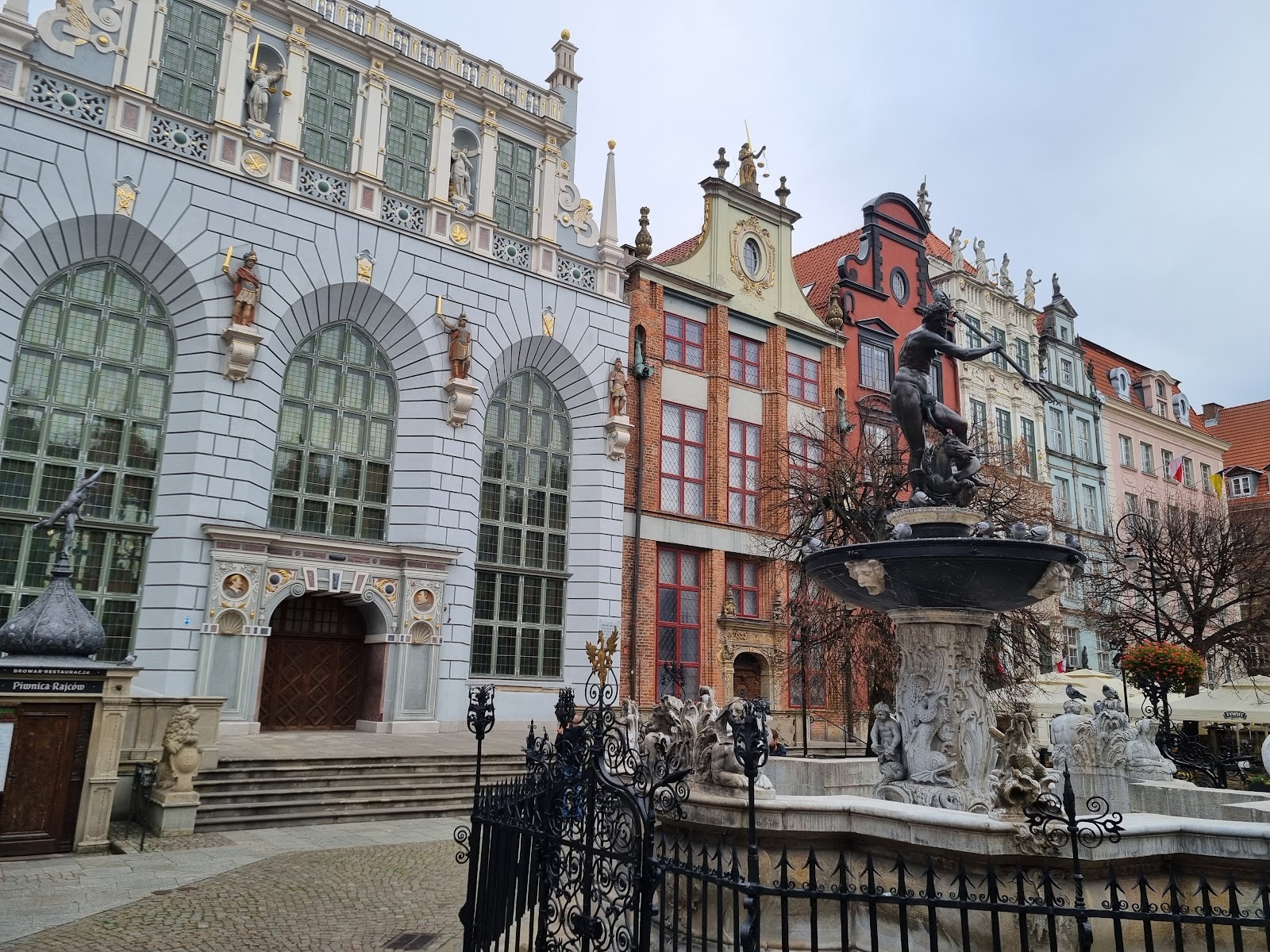
Artus Court (Source: Google Maps)
Artus Court is a historical building that once served as a meeting place for merchants and a social hub for the elite of Gdańsk. Constructed in the late 14th century, it is an exquisite example of Gothic architecture, featuring a beautifully decorated façade and an ornate interior. Today, it functions as a museum showcasing Gdańsk's Hanseatic past, with exhibits that highlight the city’s role in trade and commerce during the Middle Ages. The court is named after King Arthur, reflecting the chivalric ideals that were celebrated in the region. Inside, visitors can admire the lavishly decorated halls, including the impressive Great Hall, which features a stunning wooden ceiling and intricate murals. Artus Court is not only a testament to Gdańsk's history but also a vibrant cultural site that hosts various events throughout the year.
Long Market (Długi Targ)
Stroll along the Long Market, a vibrant street lined with colorful facades and historical buildings, leading you to the iconic Neptune Fountain.
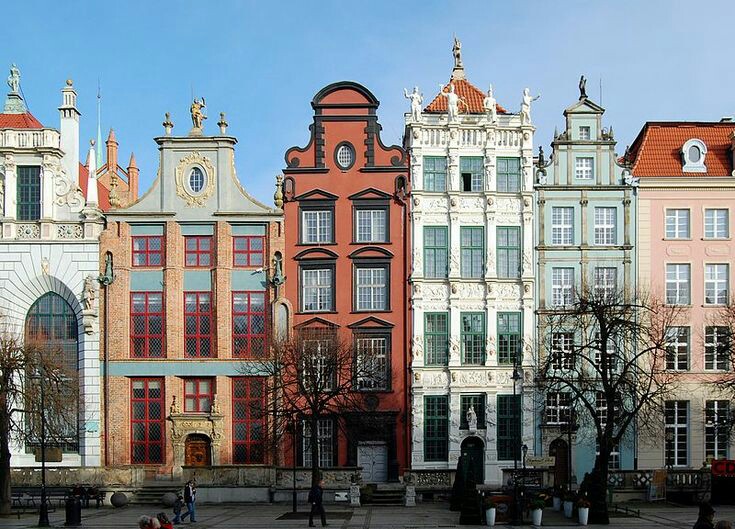
Long Market (Długi Targ) (Source: Google Maps)
Long Market, or Długi Targ, is the vibrant heart of Gdańsk, lined with colorful facades and historical buildings that reflect the city’s rich trading history. This bustling street is known for its lively atmosphere, filled with shops, cafes, and street performers, making it a popular destination for both locals and tourists. The market is home to several iconic landmarks, including the magnificent Neptune Fountain, which symbolizes Gdańsk’s maritime heritage. The architecture along Long Market showcases various styles, from Gothic to Baroque, illustrating the city’s evolution over the centuries. As you stroll through this lively thoroughfare, you can soak in the ambiance and appreciate the blend of history and modern life that characterizes Gdańsk.
Green Gate
Head towards the Green Gate, an impressive structure that once served as a residence for Polish monarchs visiting Gdańsk.
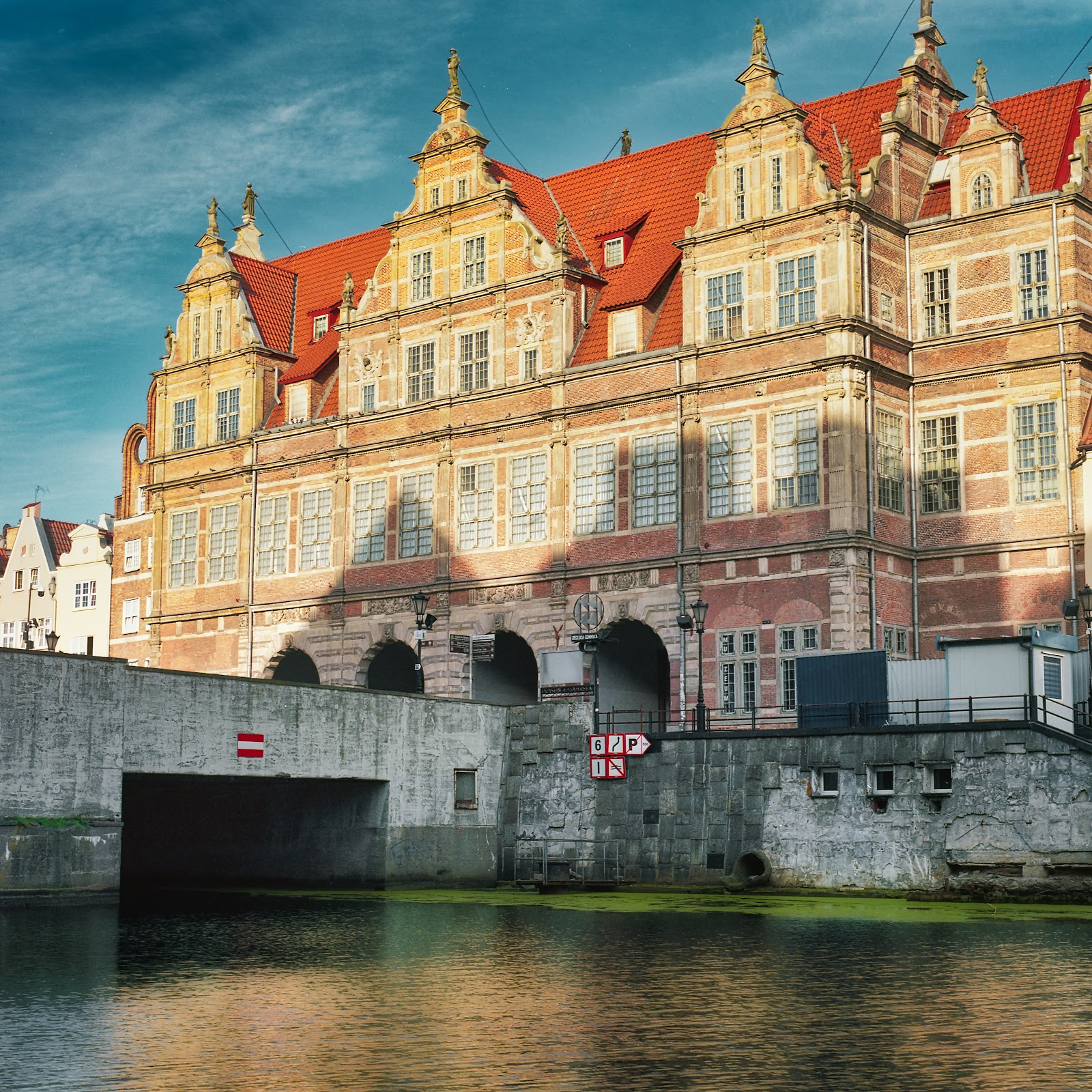
Green Gate (Source: Google Maps)
The Green Gate, or Zielona Brama, is an impressive structure that once served as a residence for Polish monarchs visiting Gdańsk. Built in the late 16th century in the Renaissance style, the gate features beautiful architectural details, including a grand staircase and decorative sculptures. It is located at the end of the Long Market, providing a stunning entrance to the waterfront. The Green Gate has historically been a symbol of the city’s connection to the Polish crown and its importance as a trading hub. Today, it houses the National Museum, where visitors can explore exhibitions that delve into the art and history of the region. The gate stands as a testament to Gdańsk's royal connections and its rich cultural heritage.
National Maritime Museum
Visit the National Maritime Museum, located along the Motława River, which offers fascinating exhibits on maritime history and shipbuilding.
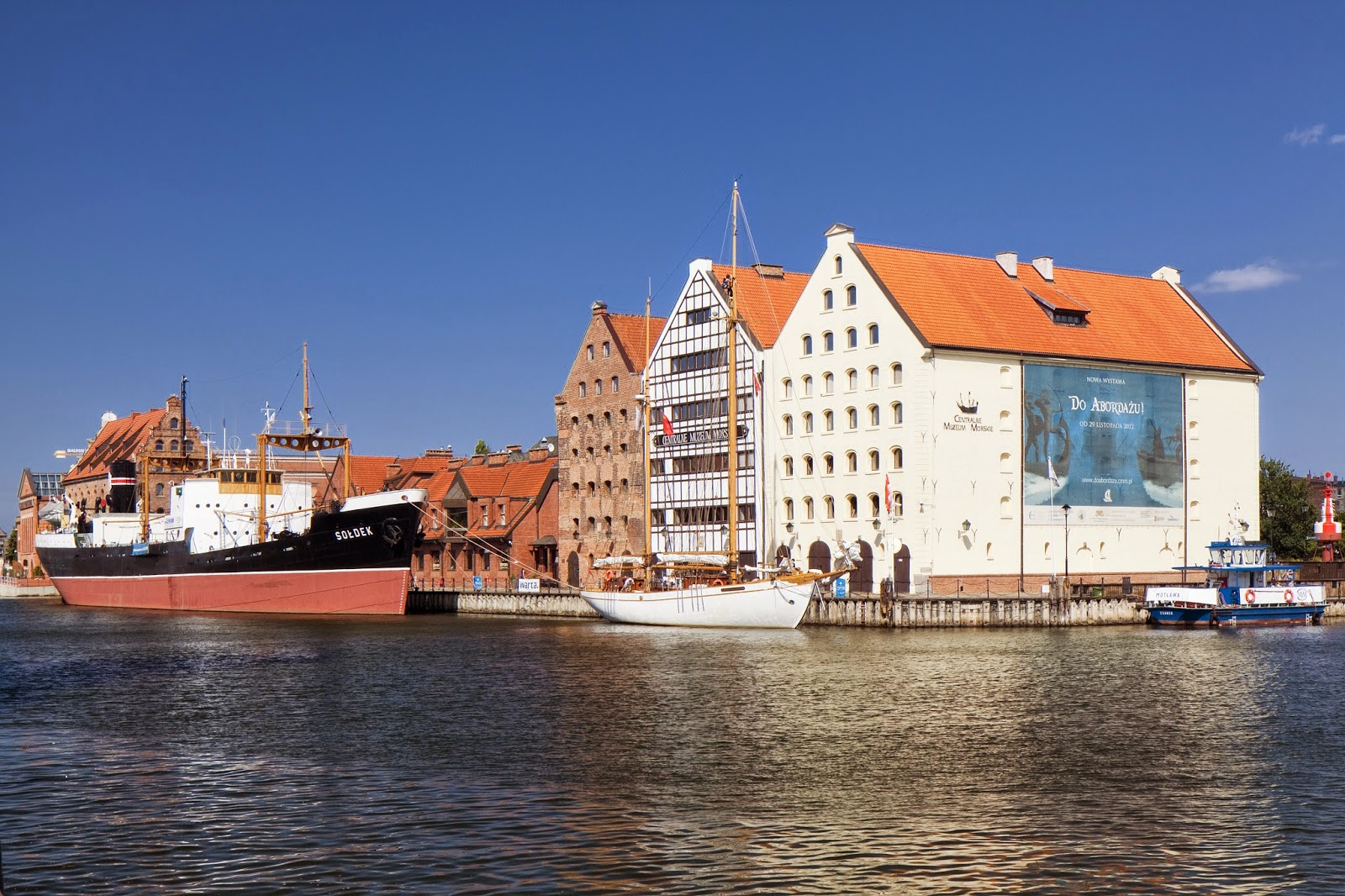
National Maritime Museum (Source: Google Maps)
The National Maritime Museum, situated along the picturesque Motława River, is dedicated to preserving and showcasing Gdańsk’s rich maritime history. The museum features a fascinating array of exhibits that cover various aspects of shipbuilding, navigation, and maritime trade, highlighting Gdańsk's pivotal role in these industries. Visitors can explore restored ships, maritime artifacts, and interactive displays that provide insight into the lives of sailors and the significance of the sea to the region's economy. The museum also emphasizes the importance of the Baltic Sea in shaping Gdańsk’s culture and identity. With its engaging exhibits and scenic location, the National Maritime Museum is a must-visit for anyone interested in the nautical heritage of Gdańsk.
Crane (Żuraw)
Conclude your tour at the Crane, a medieval port crane and one of Gdańsk's most recognizable symbols, reflecting the city's rich maritime heritage.
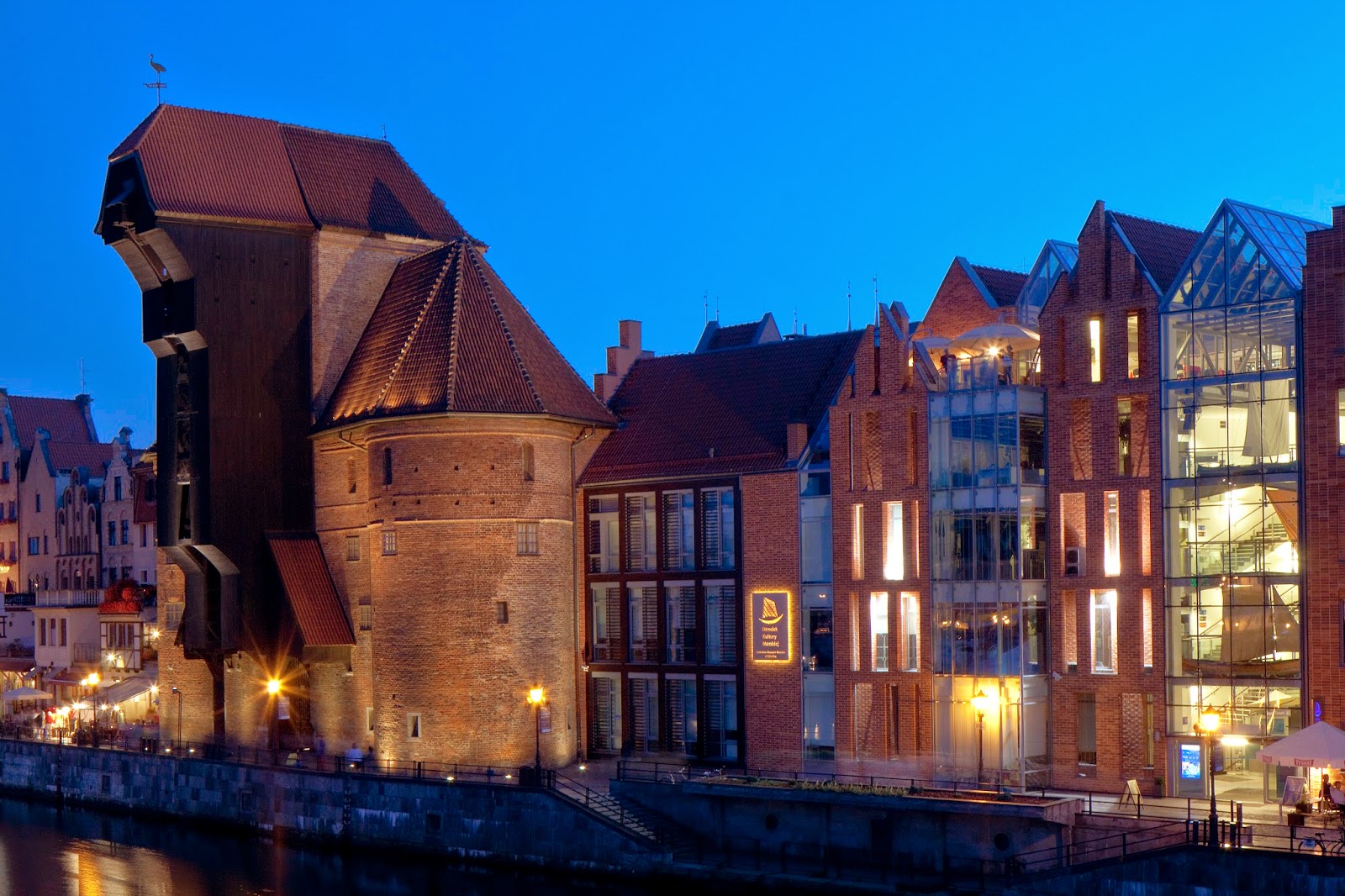
Crane (Żuraw) (Source: Google Maps)
The Crane, or Żuraw, is a medieval port crane and one of Gdańsk’s most recognizable symbols, reflecting the city’s rich maritime heritage. Built in the 15th century, it was used for loading and unloading cargo ships, playing a crucial role in Gdańsk's thriving trade economy. The Crane is an architectural marvel, featuring a unique design with two large wooden beams that can lift heavy loads. Its historical significance is immense, as it represents the technological advancements of the time and the city’s status as a major trading hub in the Hanseatic League. Today, the Crane is part of the National Maritime Museum, where visitors can learn about its history and the importance of maritime trade in shaping Gdańsk’s development. This landmark serves as a reminder of the city’s maritime past and its enduring legacy.

Your travels, your rules.
Create your own Free Walking Tours.
Set your preferences, distances and anything you want to do or see.
Completely free, no payment required.